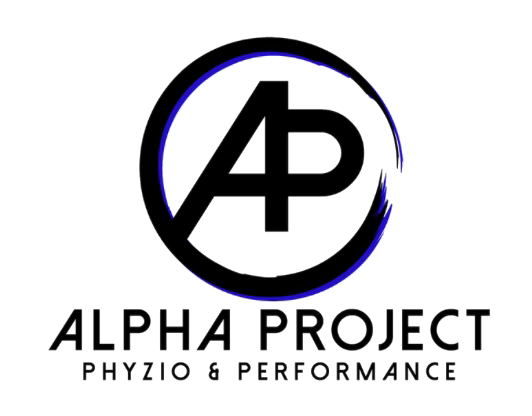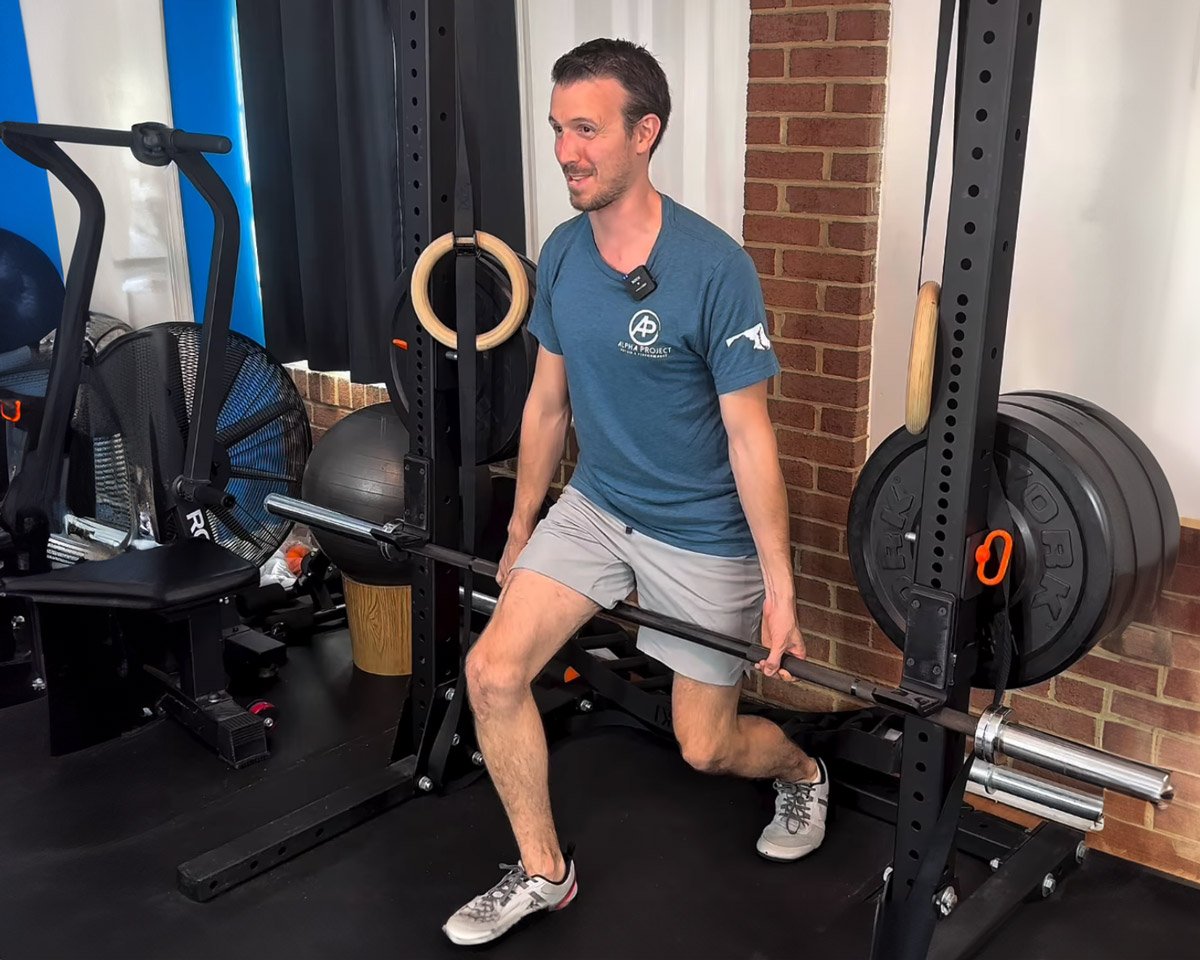Isometric Exercises for Runners
Recently, I ran the Frederick Half Marathon and crossed the finish line at 1:39:55—just under my goal of 1:40. Here’s the kicker: I only trained for two weeks.
Now, this isn’t a humblebrag. While my focus lately has been on HYROX training and strength work, I believe one of the key components that played a huge role in helping me race strong and stay injury-free was isometric training.
These might not be part of your standard running plan, but they should be. Let’s take a closer look at why isometric exercises—especially max effort variations—deserve a place in every runner’s training routine.
What is Isometric Training?
Isometric exercises involve contracting your muscles without any actual movement—just holding tension in a fixed position. Picture pressing against a wall or maintaining a deep squat: your muscles are working hard, but your joints aren’t moving.
Think of it like trying to push a wall: you’re working hard, your muscles are firing, but nothing’s moving. That’s an isometric contraction. Because there’s no joint motion, they’re an effective way to build strength and stability while placing minimal stress on your joints.
Why It Works for Runners:
What makes isometric training so effective, especially for runners, is that it targets strength, stability, and neural drive without overly taxing your body. Unlike heavy weightlifting or long, eccentric strength sessions, isometrics allow you to build power and resilience with minimal muscle damage or soreness.
Isometric training offers powerful performance benefits for runners, such as:
Increased muscle-tendon stiffness (a key factor in efficient running)
Improved motor unit recruitment
Better force transfer into the ground
Minimal fatigue compared to dynamic strength training
The real magic happens with max effort isometrics—high-intensity holds that stimulate fast-twitch muscle fibers and fire up your nervous system, without the same wear-and-tear as traditional lifting.
Max Effort Isometrics: How to Do Them
One of my go-to moves is the barbell max effort isometric. You set the bar against the squat rack pins (so it can’t move), and push or pull with full effort for a few seconds at a time.
Sets/Reps: 3–5 sets of 3–5 reps
Duration: 5–6 seconds per rep
Rest: 1–2 minutes between sets
You can apply this same concept across different body positions—especially those that mimic running posture.
Sub-Max Isometrics: Great for Tendon Health
Not every isometric has to be max effort. Sub-max isometrics—longer, lower-intensity holds—are fantastic for tendon health and joint integrity. These can be done with just bodyweight or light loads.
Hold Time: 45–90 seconds
Sets: 2–3 per position
Tip: Don’t go heavy; focus on control and duration
4 Isometric Exercises for Runners to Try
Here are a couple of isometric movements I recommend incorporating into your weekly strength or recovery sessions:
1. Bulgarian Split Squat Calf Isometrics
Great for strengthening the calves and improving ground force during push-off.
2. Quadriceps Isometrics
Perfect for knee health and uphill running power.
3. Calf Raise Up
A calf raise up isometric involves lifting your heels into a calf raise and holding the top position (heels elevated) for an extended period to build strength and tendon stiffness. Raise your calf and press 75-80% of your ability.
4. Barbell Max Effort
A barbell max effort isometric involves doing a split squat, and pushing as hard as you can into the squat rack, exerting maximum force.
Related Post: 6 Strength Training Workouts for Your Upcoming 5K
Closing Out: Isometric Exercises for Runners
If you’re looking to build strength, boost speed, and stay injury-free as a runner, isometric exercises are a low-risk, high-reward addition to your training.
Curious how to tailor isometric training to your running goals? Contact Alpha Project Phyzio to get started. We provide a variety of specialized training to get runners performing their best – from physical therapy for runners, to running form assessments, to strength training.
Whether you're preparing for your next race or coming back from an injury, we’ll help you run stronger, smarter, and more efficiently.



